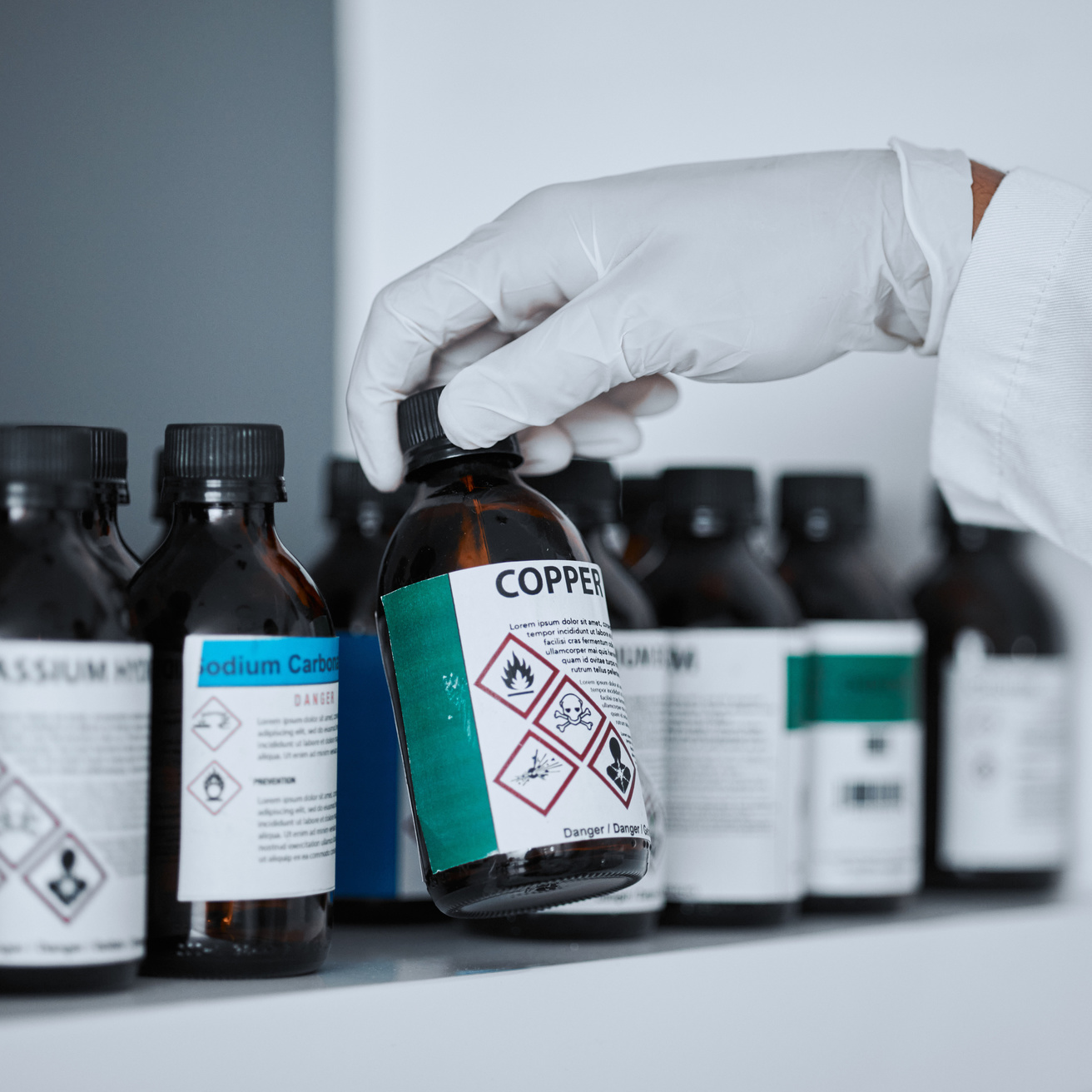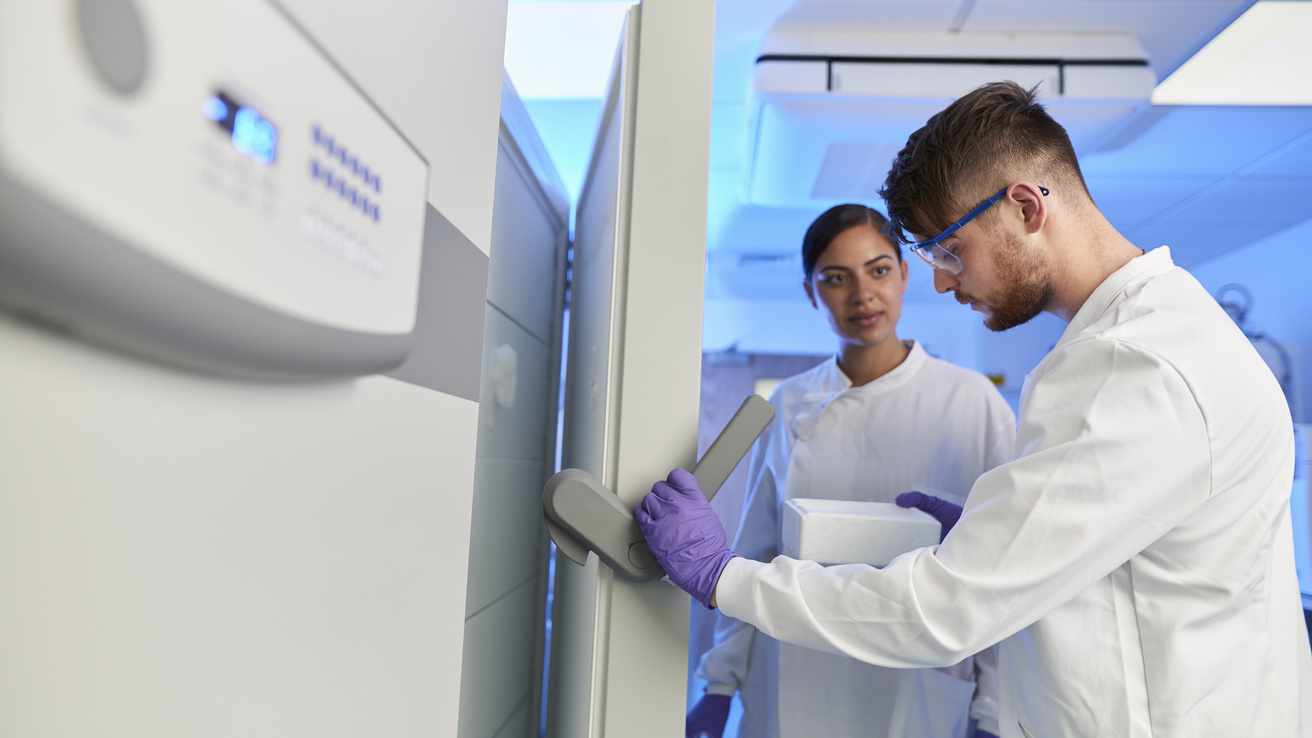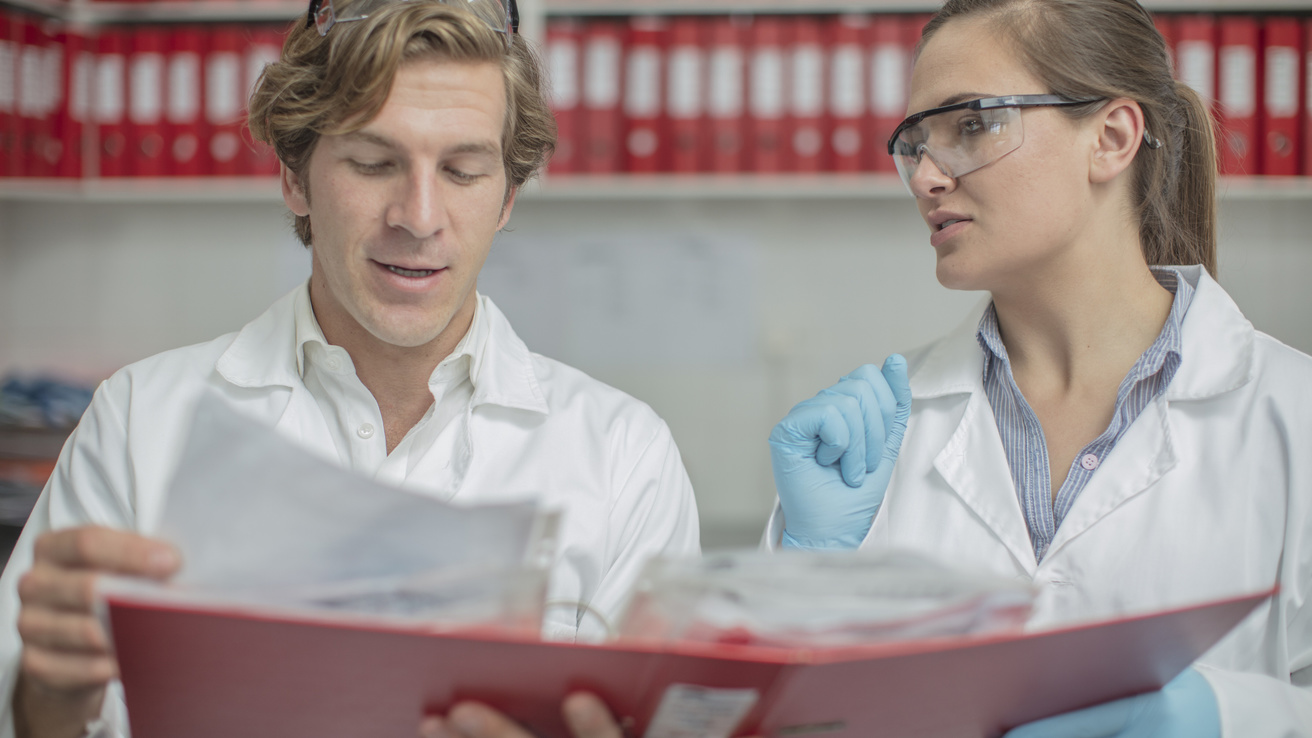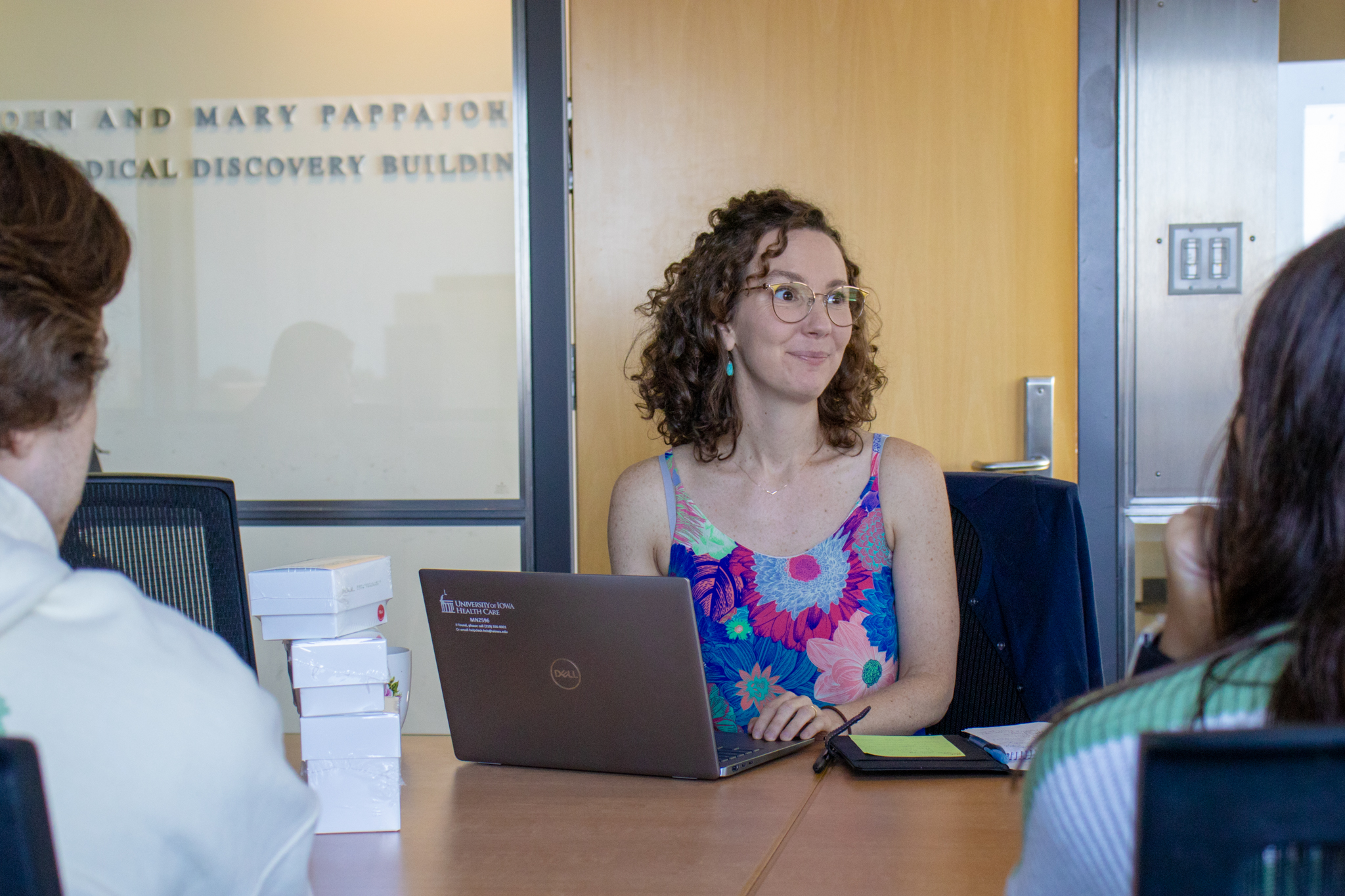How much can conscientiousness really help?
~50%
[1]

Read more about methods for increased efficiency below!
Consolidate equipment by coordinating with nearby labs
By consolidating resources, researchers can avoid purchasing unnecessary equipment, allowing grant money to go further. This also reduces carbon emissions from material production, assembly, and transport.
Do nearby labs have equipment that you may need to borrow? Email collaborators to save money. Iowa's CORE facilities can train users on new equipment and provide a broad range of available technologies, for example, nanoparticle analysis, viral vector production, small animal imaging, and more!
Embrace technology to improve efficiency
Coordination between labs can be difficult, but software such as Quartzy can help. Tracking expiration dates, storage conditions/locations, and departmental usage saves money on redundant purchases, averts double orders (and disposal), and minimizes shipment downtime.
Free software, SoftMouse, helps track animal number, parentage and caging thereby reducing unnecessary husbandry costs. Its automatic colony management features make it easier to parse than Excel.
WattIQ tracks energy usage of equipment over time facilitating practices to reduce energy consumption.



Implement standardized labeling, coordinate sample handoff
Sample labeling and tracking is wildly variable, however, consider standardization in your lab to improve record-keeping by providing digital templates from day one. This helps prevent critical sample loss and thwarts large energy losses from keeping freezer doors open while searching for old samples. It also makes the publishing process far easier.
The rapid turnover of students within academic research as students move on often results in unnecessary sample storage. Encourage exiting students and staff to meet prior to departure in order to clarify sample, reagent and data handoffs so materials are later easily located and identified. This decreases the need for cold storage, repeat experiments, and re-ordering.
Additionally, organizing and streamline cold storage use will minimize the amount of time the freezer door is open and prolong the lifespan of the equipment. This actually saves a significant amount of energy. Freezer weekday use consumes 100W more energy than weekends without door openings.
References
- De Paepe, M., Jeanneau, L., Mariette, J., Aumont, O., & Estevez-Torres, A. (2023). Purchases dominate the carbon footprint of Research Laboratories. Public Library of Science. https://doi.org/10.1101/2023.04.04.535626
